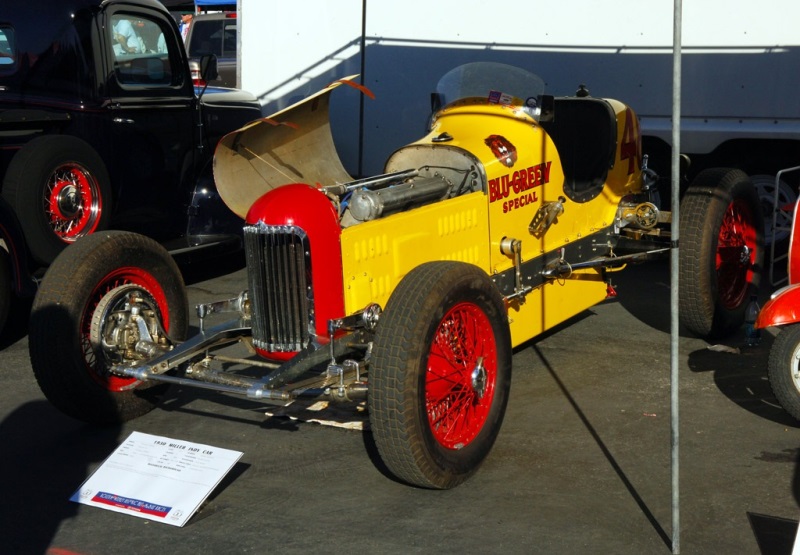Harry A. Miller created some of the more advanced designs and engineering marvels of the early 1900s. He was born in Menomonie, Wisconsin, in 1875. His father's German surname was Mueller; when Harry was old enough, he changed his last name to Miller, to simplify the spelling. He left school at age thirteen to pursue a job in the local machine shop, where he repaired steam engines and other mechanical devices.
Racer
Chassis #: 004
View info and historyBy the early 1900s, he and his wife lived in San Francisco. While there, he created a simplistic car without a clutch or gearbox. He later created and patented a type of spark plug. This patent was later sold to the Peerless Motor Car Company. With the profits, he left California and headed to Toledo, Ohio, to pursue a career in the automotive industry. By 1908 he was a riding mechanic in the Vanderbilt Cup Races on Long Island. The car had disappointing results, and he would never again get into the cockpit of a racer for competition purposes. The early 1910s were blissful for the master engineer. He managed to secure investors to help with his endeavors. His Master carburetor, which he had first built in 1907, was very popular and would remain a widely used item until the early 1920s. This success in the carburetion business led to other automotive endeavors. When Bob Burman, a race car driver with some fame, requested Miller to build him a replacement engine for his damaged car, Miller accepted. The engine was originally created by Peugeot; Miller made many modifications, including using aluminum alloy pistons which dramatically reduced the overall weight while increasing its strength and durability. With the newly tuned engine, Burman won the 200-mile Southwest Sweepstakes Road Race at Oklahoma City and many other victories. 
Sampson Special
Chassis #: 2754
View info and history
Auction entries : 1Happy with the success of the engine, Burman requested another engine. He would never take delivery of the unit, as he was tragically killed when he lost control of his car due to a blown tire. Both Burman and his riding mechanic were killed when the car hit two utility poles and a parked car. The race car was thrown over 45 feet.By the mid-1910s, Miller was approached by an aviator named Lincoln Beachey, who requested an engine built for aviation purposes. Together, they created a six-cylinder unit though it never reached major production, as Beachey was killed in a plane crash.The next major project for Miller came in 1917 when he created a new race car for Barney Oldfield. Oldfield had been using a Delage. The result was the 'Golden Submarine,' named due to its aerodynamic, teardrop, and enclosed body. The car was a very unusual design for the United States at the time. Under the hood was an engine that was truly unique. It had a peak RPM level of 4000, which was incredible for its day. Most engineers used larger displacement sizes to create more power, as more revolutions often meant that the durability of the engine was jeopardized. The mechanical components were not adequate to handle extreme RPM speeds. Millers' engine was an engineering marvel.
Racer
Chassis #: 004
View info and historyLocated within the enclosed shell of the Golden Submarine was a roll cage intended to protect the driver in the case of a crash. The enclosed top was later removed, as the driver nearly drowned during a race when it went into the infield and into water. The car had a brilliant racing career with many successful dirt track racing endeavors. At the Milwaukee Mile, it broke every international dirt track record.De Lloy Thompson contacted Miller near the close of 1917, requesting a military aircraft engine. The two began designing a V-12 engine, but part-way through the project, Miller lost interest and began pursuing other endeavors, such as building engines for Duesenberg Motors, which had military contracts. This project never really materialized, as the war ended and the engines were no longer needed. At the close of World War I, Miller moved to Los Angeles. Another project presented itself; it was called TNT and was backed by a wealthy brewer. The goal of the project was to design and built a racing car that could also be produced as a sports model. The team consisted of Miller, Fred Offenhauser, and Leo Goosen. This dream team would be the most successful part of this venture, as financial difficulties had the project come to a halt.
Racer
Chassis #: 004
View info and historyIn 1920, the Indianapolis 500 set a displacement limitation on engines, requiring them to be no larger than 183 cubic-inches or three-liters. The newly-formed Miller group created an engine for this race, which they called the Miller 183. They recruited the services of race-car driver, Tommy Milton. Ira Vail provided the necessary financial backing. The Miller Group-built engine had eight cylinders and consisted of technology from Peugeot, Duesenberg, and Ballot. By 1922, it was completed and ready for competition. The car was instantly successful. As a result, Cliff Durant, the son of GM founder William C. Durant, ordered six examples. The Miller-powered cars won ten races. In the hands of Jimmy Murphy, a Miller-powered car won the Indianapolis 500 with an average speed of 94.5 miles per hour. In 1923, racing officials changed the rules for the Indianapolis 500 race. The displacement size was reduced, and the number of seats allowed per car was downgraded to just one. To accommodate the new rules, the Miller Group created the two-liter, Miller 122. It had a 122-cubic-inch formula engine and would become one of the most successful engines ever created. 
Racer
Chassis #: 004
View info and historyThese Miller 2-liter racers were to become the first-ever series-built racing cars. It was no easy task as each car required more than two-thousand parts, each individually produced at the Miller factory and hand-assembled. Durant again placed an order to replace his obsolete cars. Another individual, named Tommy Milton, purchased a 2-liter Miller in 1924. Milton was a well-known speedway daredevil who had set the American Land Speed Record at Daytona Beach, Florida, in April of 1920. He achieved a third in the Indianapolis 500 in 1920, won it in 1921, and earned a National Driving Championship. He enjoyed much success during the early 1920s with a second victory at the Indy 500 in 1923 while driving a Harry Stutz-sponsored 122 Miller. The 2-liter Miller he ordered in 1924 was a one-off example specially prepared for speed record runs. The chassis was designed to accept either a Miller 183 eight or a Miller 122 eight. The car was made as aerodynamic as possible, which meant the removal of the wheel brakes and replaced by a lever-operated externally contracting brake band around a drum placed on the transmission output shaft.
Sampson Special
Chassis #: 2754
View info and history
Auction entries : 1Though the 183 engine had been rendered obsolete for track racing in 1923, it still remained a very capable and powerful engine. It was built with the cylinder blocks having either left-side or right-side exhaust discharge. The 183 engine used in the Milton '183 Miller' car had its exhaust on the left side. All of the single-seater 122 Miller cars had the exhaust on the right side of the car with the steering apparatus on the left. Milton's 183 Convertible was the exception, featuring a left-side exhaust and right-side steering. The '183 Miller' Milton car was brought to Muroc Dry Lake in the Mojave Desert on April 4th, 1924. With the AAA recording the time and speed, the car was clocked at 151.26 mph and traveled 17 mph faster than any European. He came just five mph away from the record he set at 156.03. This speed had been set in a dual-engine Duesenberg that had a displacement size of 10 liters. Milton had the 183 engine quickly replaced with the 2-liter 122 and tried the run again. This time he managed 171.17 mph. Both were amazing runs; satisfied with the results, Milton returned to racing using one of his conventional 122 Millers. 
Sampson Special
Chassis #: 2754
View info and history
Auction entries : 1Many of the 122 Millers produced have wonderful and colorful histories. Such is the case with the front-drive 122 Miller created by Jimmy Murphy and Riley Brett. It was dramatically different than other cars, as the power was sent to the same wheels that carried the bulk of the weight and was responsible for the steering. The idea was that front-wheel drive might help in powering through turns. Leo Goossen turned the idea into engineered drawings. The shop foreman of Miller, Mr. Fred Offenhauser, oversaw the production and Harry A. Miller made sure the project had all that was needed. The Front Drive #1 was intended for competition at Indianapolis and on the board tracks. A second car was created for land speed record attempts. It was given as small of a frontal area as possible, with the brakes concealed with the disc wheels. This car has become known as the 'Outboard Brake' car, or Front Drive #2. Unfortunately, plans changed after Murphy died in Syracuse in 1924. 
Sampson Special
Chassis #: 2754
View info and history
Auction entries : 1Front Drive #2 was brought to the 1925 Indianapolis race, where it was driven by Bennett Hill during practice and qualifying. Hill was unable to adapt to the car's handling. Ora Haibe was given the opportunity to qualify the car for the race but was unable to do so. Front Drive #2 was later purchased by the Packard Company to determine the feasibility of a front-drive system. The car was later sold to Stanley Reed, who brought the car to the speedway in 1927 with Bruce Miller behind the wheel but was unable to qualify the car. In the hands of Sam Ross in 1928, the car qualified 16th with a speed of 106.757 mph. After 132 laps, the car experienced timing gear problems and was forced to retire prematurely. In 1929 the car returned to Indy with driver Albert Karnatz piloting the machine; it qualified but retired early due to a gas leak. The following year the Junk Formula rules were put into place and made the car obsolete. Changes were made to the car to accommodate the new rules. It was widened to allow for a riding mechanic. At Indy, the car qualified 33rd, but on race day, it proved to be very competitive. It ran at the front of the pack most of the race and finished in an impressive 6th place. At the 1931 Indy 500, it was driven by Frank Brisko and his riding mechanic Floyd Wiese. On lap number 138, a steering arm failure had the car retire early from the race. It returned a year later with Brisko as the driver and Floyd Sparks as the riding mechanic. The qualifying speed of 111.149 earned them a start in 13th place. But on lap number 61, they had a blown clutch and, again, ended the day early. A wheel came off on lap 146th the following year, but neither driver nor the mechanic was hurt.
Sampson Special
Chassis #: 2754
View info and history
Auction entries : 1In 1937 the car was given a DOHC 6-cylinder engine designed by Frank Brisko. Brisko qualified at 118.213, which gave him a mid-pack start. He was joined during the race by riding mechanic Lester Brown. An oil leak on lap 105 meant the car would return to the pits early and be credited with 23rd place.Rule changes in 1938 eliminated the need for the riding mechanic. Brisko had the car narrowed and brought back to single-seat configuration. It was still powered by Brisko's 271 cubic-inch six-cylinder engine, which was powerful enough to qualify the car in 11th place that year. On lap number 39, an oil problem and broken line ruined the car's chances once again. Returning in 1939, Brisko again sat in the 11 spot but on race day, it would be an air pump failure that took him out on lap number 38.In 1940 the car completed the 193-lap race and finished in 9th place. For 1941 the car made it 70 laps before a broken valve spring sidelined the attempt. The car and Brisko returned in 1946, having been treated to mild restyling but still with the six-cylinder engine, driven by Louis Tomei and wearing the name 'Boxar Tool Special,' traveled 34 laps before a broken oil line formed him to quit.
Sampson Special
Chassis #: 2754
View info and history
Auction entries : 1The impressive Miller car had lasted 21 years in major competition, a feat unheard of in modern times as most cars barely last a season. It has one of the longest major racing careers in history and is a true testament to the ingenuity and creativity of the Miller automobiles.Tommy Milton piloted a Miller 122 to another victory at the Indy 500 in 1923, averaging 100 mph. With this success, Miller's popularity continued to escalate. He was supplying more cars to more teams than any other marque. As time progressed, so did his engines, cars, and accomplishments. He would become one of the most successful race car builders of all time.
by Daniel Vaughan | Feb 2008

Racer
Chassis #: 004
View info and history
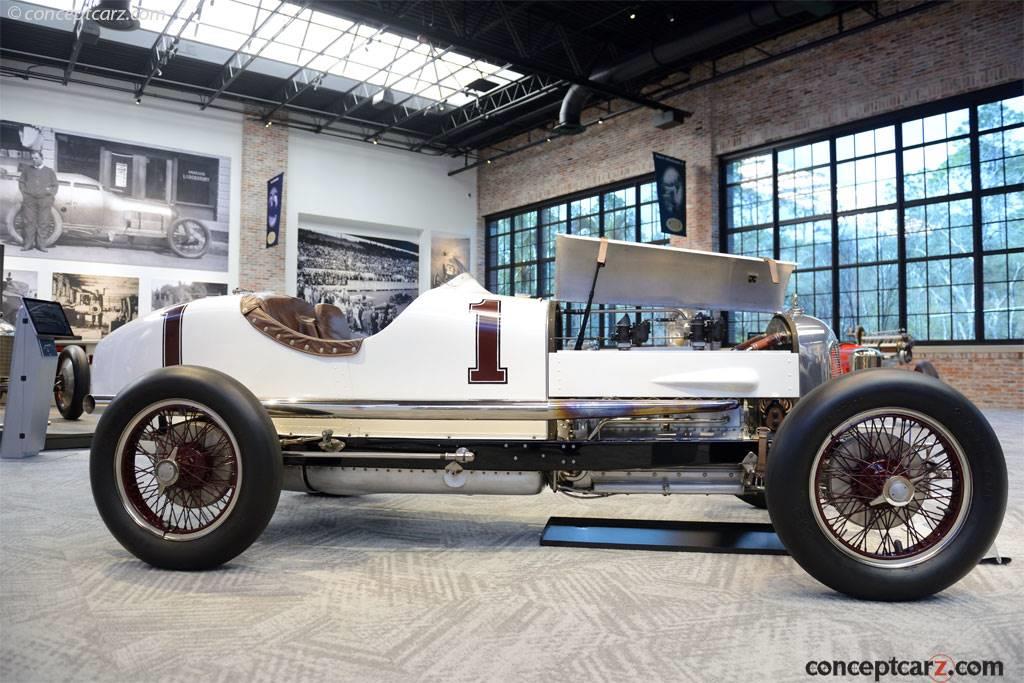
Sampson Special
Chassis #: 2754
View info and history
Auction entries : 1
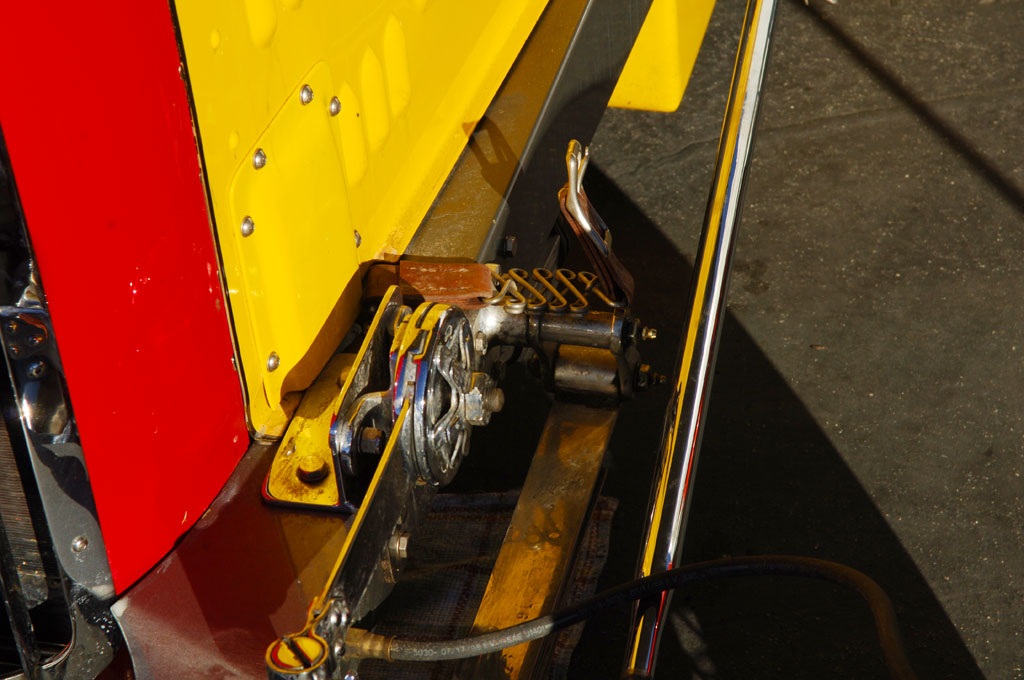
Racer
Chassis #: 004
View info and history
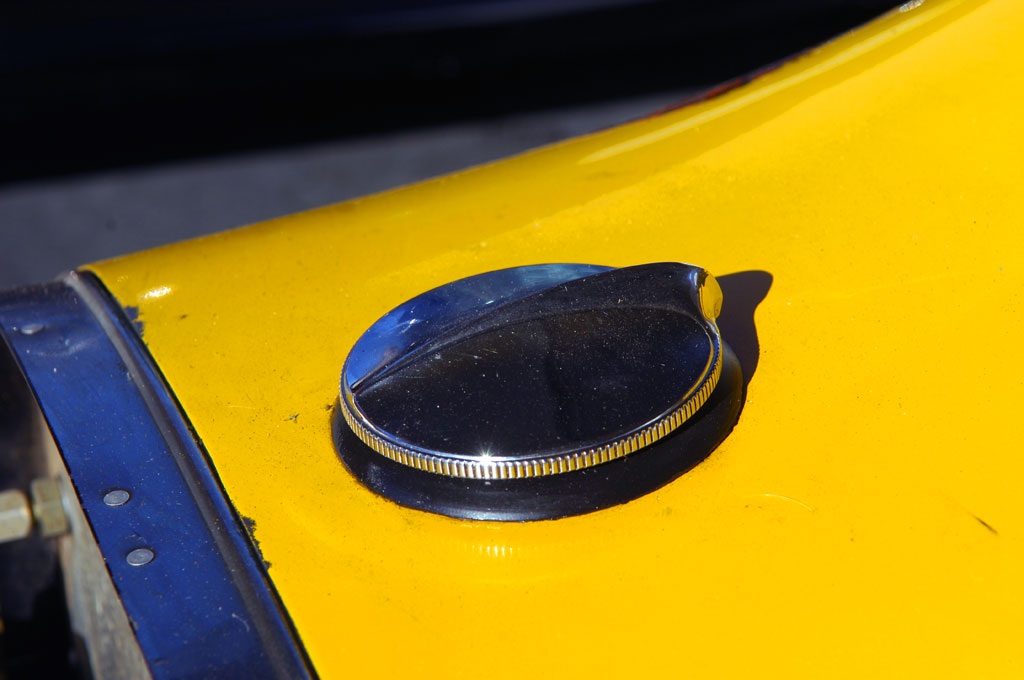
Racer
Chassis #: 004
View info and history
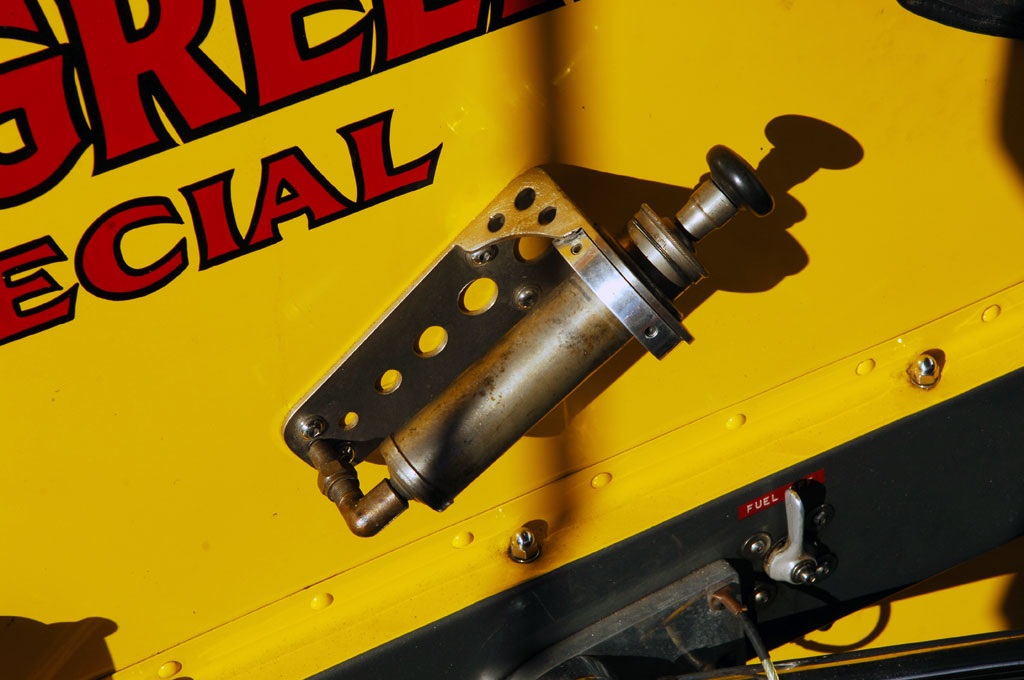
Racer
Chassis #: 004
View info and history
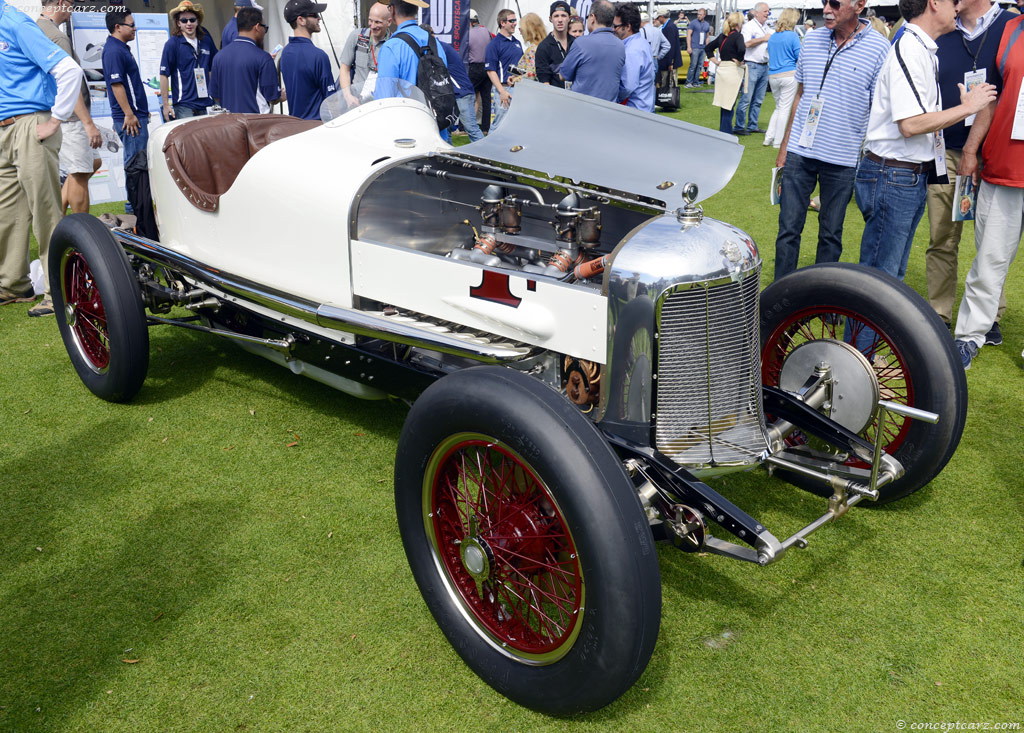
Sampson Special
Chassis #: 2754
View info and history
Auction entries : 1
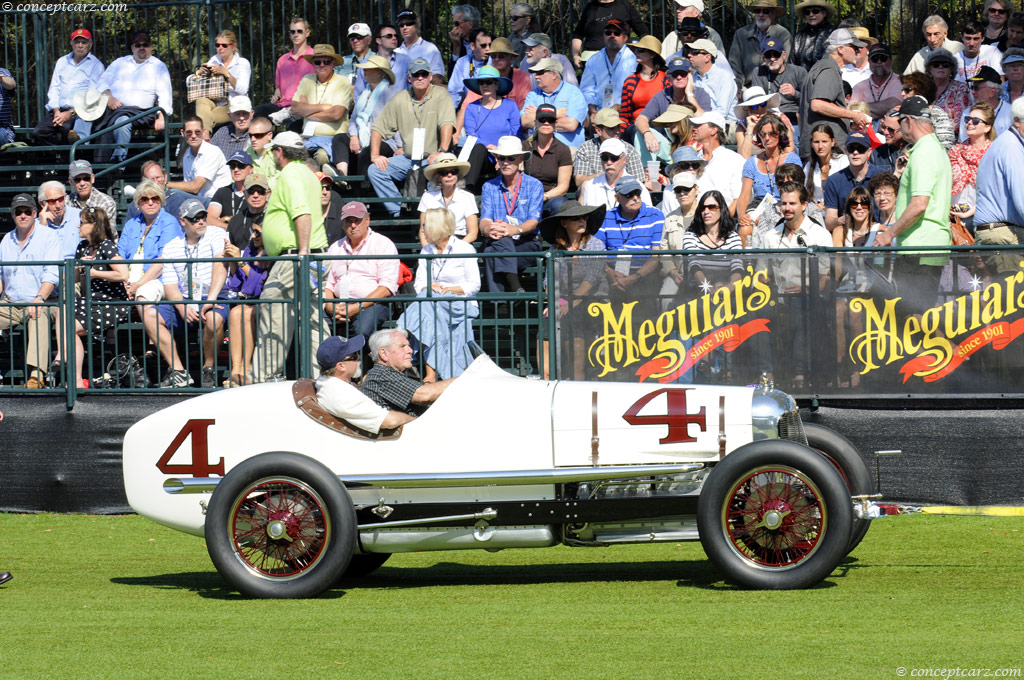
Sampson Special
Chassis #: 2754
View info and history
Auction entries : 1
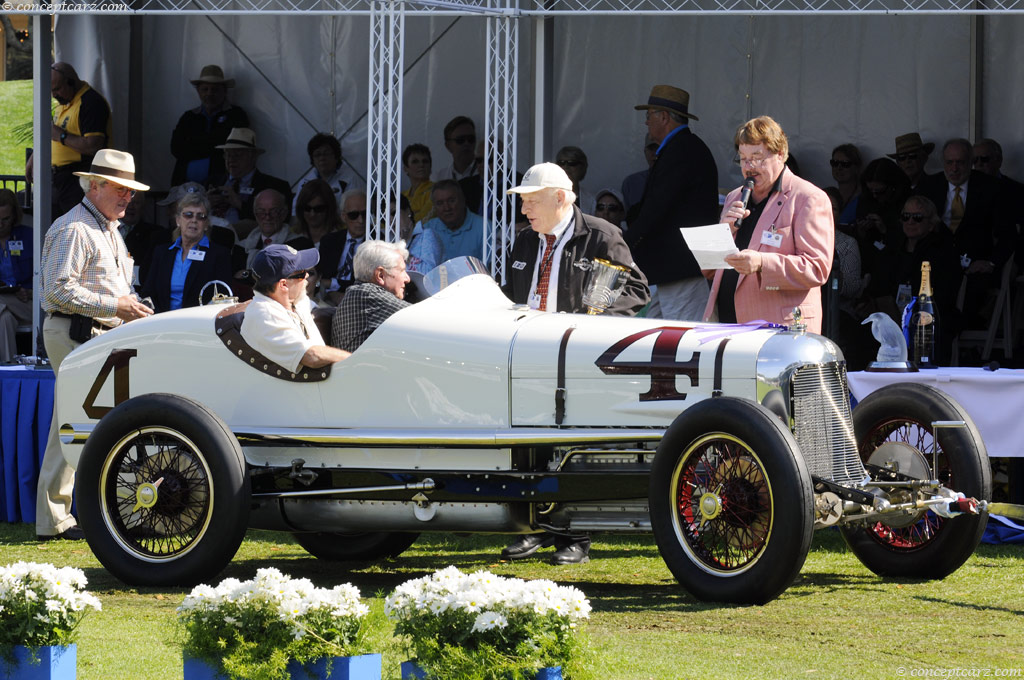
Sampson Special
Chassis #: 2754
View info and history
Auction entries : 1

Sampson Special
Chassis #: 2754
View info and history
Auction entries : 1

Sampson Special
Chassis #: 2754
View info and history
Auction entries : 1
by Daniel Vaughan | Feb 2008
Indianapolis Vehicles
Similar Vehicles
1930 Miller Indy Car Vehicle Profiles
Recent Vehicle Additions
Related Automotive News

Sebastian Vettel Wins ROC Nations Cup For Team Germany In Miami
Team Germanys Sebastian Vettel stormed to victory in the ROC Nations Cup at Miamis Marlins Park
Vettel raced alone following team-mate Pascal Wehrleins withdrawal from todays action after his accident in yesterdays individual Race Of Champions...

JUAN PABLO MONTOYA CROWNED CHAMPION OF CHAMPIONS IN MIAMI
Colombian motor sport great Juan Pablo Montoya has won the Race Of Champions trophy for the first time at Miamis Marlins Park
Montoya prevailed after a win over Mr Le Mans Tom Kristensen, who reached his fifth ROC Grand Final
Multiple Formula 1...

Motor Sport Legends From All Over The World Prepare For This Weekend's ROC Miami
Miamis Marlins Park was swarming with legends of motor sport today ahead of this weekends ROC Miami
Champions from series including Formula 1, NASCAR, IndyCar, Le Mans, Rally X and Touring Cars put in their first practice laps of ROCs all-new tr...

DRAW FOR THIS WEEKEND'S RACE OF CHAMPIONS GETS MOTOR SPORT'S GREATS READY TO ROC MIAMI
The draw for this weekends Race Of Champions inside Miamis Marlins Park has thrown up some intriguing head-to-head encounters between some of the worlds greatest drivers
Saturdays individual race will see NASCAR champion Kyle Busch take on Form...

Dario Resta: A Man of Many Nations
Dario Resta would be born in August of 1882 in the Italian town of Faenza, not far from Imola. But though he would be Italian by birth, Resta would race under the Union Jack and the Stars and Stripes. It would not matter for what nation he drove, for...
























